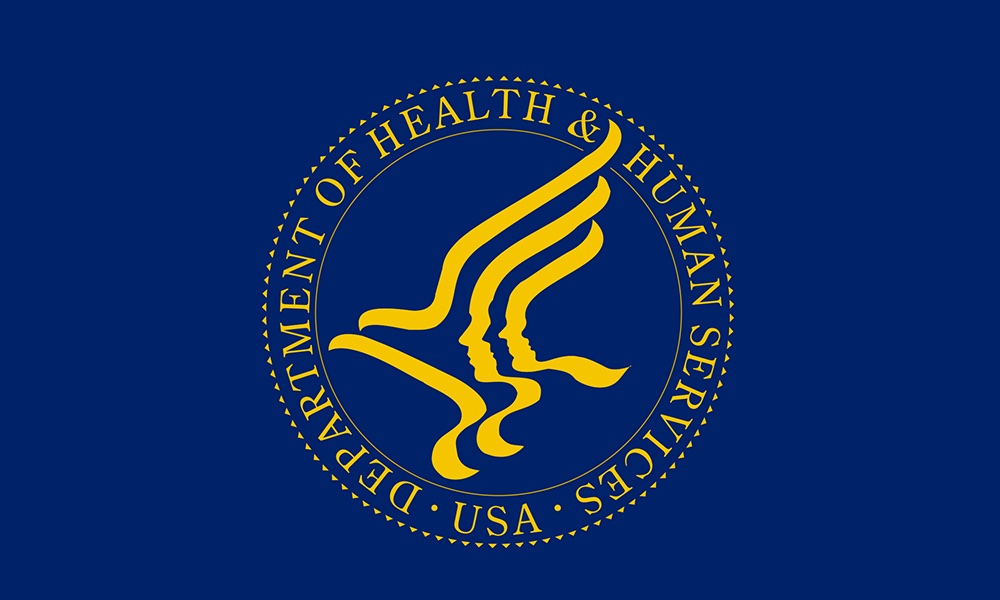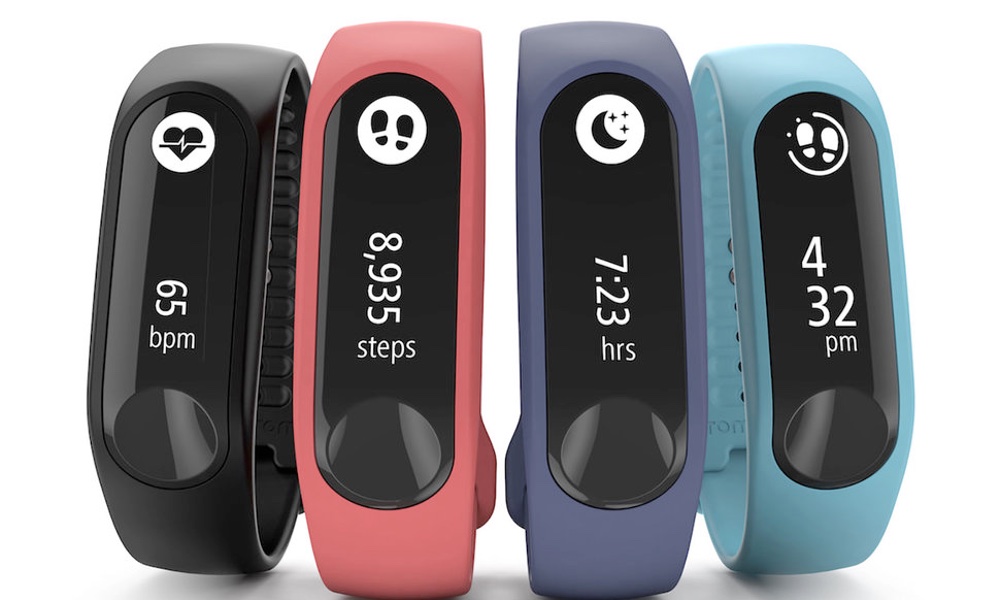The first three months after breaking a hip are the most critical ones. An analysis of 39 studies done on elderly hip fracture patients shows that men are eight times more likely to die and women are five times more likely to die in these three months than they normally would be. The analysis, done by a group of Belgian researchers, looked at 39 international studies of hip fracture patients who were 50 or older. 17 studies involved a total of over 154,000 men and 22 studies involved a total of over 578,000 women.
This strongly suggests that elderly hip fracture patients are not getting the care they need.
A hip fracture is a major blow to the body and the elderly often don't have the physical and mental resources to cope well with it.
Most Medicare patients stay in the hospital for just three days after breaking their hip. This simply may not be enough time. And the amount of home care they receive afterward may not be adequate.
Right now, the message of these findings seems to be that family, loved ones or close friends of an elderly person who has broken their hip need to become more involved in the patient's care in the first few months following the injury. Unfortunately, the study did not make clear what specific needs of hip fracture patients aren't being met. There is some aspect of care patients aren't getting from hospitals, doctors and other health care workers. And this lack is often fatal.
This is a totally unfair burden to place on those close to the patient. But if they don't take it on, who will?
Aside from finding that patients were much more likely to die in the three months immediately following a hip fracture, the study also found that while this increased risk drops over time, it never returns to normal. But for both men and women, the first three months after a fracture are clearly the most critical.
What is causing all these deaths? The answer isn't known. The list of what a person can't do properly without a working hip is nearly endless, as are the different types of stress placed on the patient by the fracture. Without a clear answer, all that can be done by caregivers is to try harder to help ease the patient's recovery.




